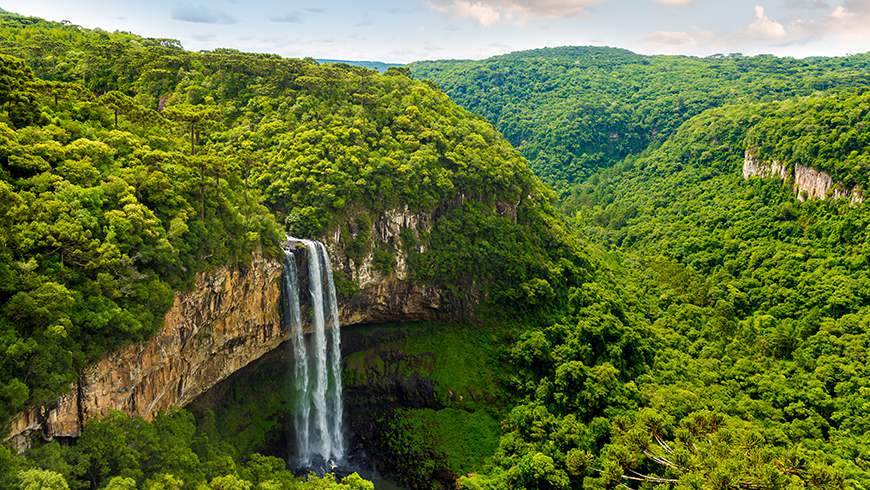Tropical Rainforest
Rainforests are jungles that occur in areas of rainforest climate where there are no dry places. Rainforests can be characterized in two words: warm and humid. Average monthly temperatures exceed 18 C (64 F) during all months of the year. Average annual rainfall is not less than 1680 mm (66 inches) and can exceed 10 m (390 inches), although it is typically between 1750 mm (69 inches). ) and 3000 mm (120 in.). This high level of precipitation often results in poor soils due to soluble liquid nutrients in the soil. Rainforests, high levels of plant and animal species. About 40% to 75% of all biotic species are born in rainforests. Rainforests are home to half of all living plant and animal species on the planet. Two-thirds of all flowering plants can be found in rainforests. A single hectare of rainforest can contain 42,000 different species of insects, up to 807 trees of 313 species, and 1,500 species of higher plants. Rainforests have long been called the largest pharmacy in the world, because more than a quarter of natural medicines have been discovered within them. There are likely to be many millions of species of plants and insects and microorganisms yet to be discovered in rainforests. Rainforests are among the most threatened ecosystems globally due to large-scale fragmentation as a result of human activity. Habitat fragmentation caused by geological processes such as volcanism and climate change occurred in the past and has been identified as important drivers of speciation. However, rapid human-caused habitat destruction is suspected to be one of the main causes of species extinction. Rainforests have been subjected to heavy logging and agricultural logging throughout the 20th century, and the area covered by rainforests worldwide is rapidly shrinking.















